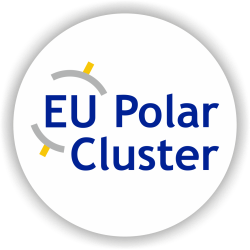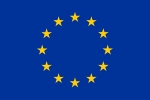KEPLER Conclusions
After 2½ years investigation into end user and stakeholder information requirements for the Polar Regions, the KEPLER project has now reached its conclusions on how Copernicus should proceed during the period 2022-28. This includes an end-to-end operational system Roadmap based on a comprehensive review of the user requirements, current planning, and analysis of the existing research and capacity gaps.
Key findings from KEPLER are that existing, long-held, user requirements have not been appropriately addressed, and that there is scope for future improvement to intensify user uptake. These improvements could be delivered with new satellite Earth Observing capabilities, such as the Copernicus Expansion Missions, coming online in the later half of the decade.
There is a requirement for greater inclusion and support for in situ monitoring efforts, including Citizen Science initiatives. This would provide a greater sense of ‘ownership’ of Copernicus by European citizens. Greater focus must also be placed on utilising the many resources, both inside and outside of Copernicus, to provide stronger oversight and quality assurance of data products and information. By doing so, Copernicus will ensure that these products are relevant and fit-for-purpose, informing decisions both today and in the future. This will promote the accelerated uptake of new research and technological developments coming out of Horizon Europe. Additionally, KEPLER identified that terminologies within Copernicus differ from internationally accepted practise, which can cause confusion and impede users from effectively communicating their requirements.
The Roadmap addresses the above mentioned challenges, moving us towards a comprehensive European end-to-end operational system, by improving design aspects such as the set of required observations, and the potential inclusion of prior information to better constrain sparsely observed areas/variables. It suggests strategies to close gaps in our current forecasting capabilities, and ways to develop and sustain the observing system.
With the uptake of our recommendations, as described in full in our Roadmap report, KEPLER is confident that the Copernicus monitoring system for Earth will deliver the necessary information to tackle the issues facing European actors in the Polar Regions. This includes in-situ and satellite components, data handling capabilities, forecast and reanalysis modelling systems, and dissemination procedures. Copernicus support will meet the varied needs of climate change monitoring and prediction, waste/pollution management, and safe and efficient navigation in ice infested waters, and facilitate the shift towards a low carbon economy. The roadmap towards a European end-to-end operational system addresses the design aspects and recommends strategies to close gaps in our current capabilities, along with ways to evolve and sustain the observing system.
Keep an eye on our website and social media, where we will post a recap on KEPLER’s key reports and project highlights over the next few weeks. We also plan to disseminate results at events and conferences in upcoming months. For access to all project deliverables, reports, training sessions and more, click the button below to check out our resources page…





